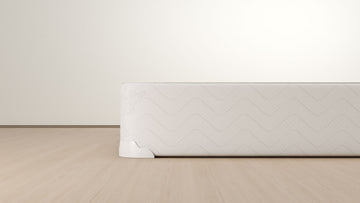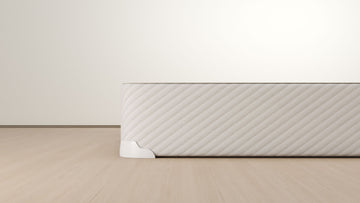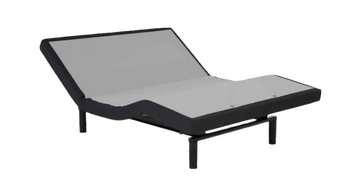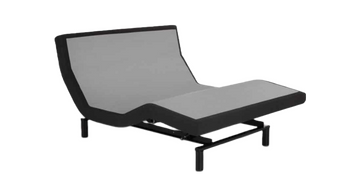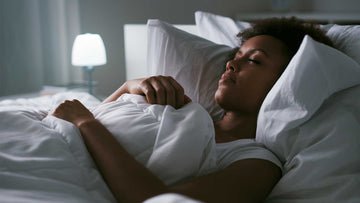Counting sheep not leading to sleep? We get it, climbing into bed and waiting hours to fall asleep is frustrating. When you are only able to get so many hours, it’s important to make them count.
Luckily, there are plenty of science-based tips that are clinically proven to aid in falling asleep and achieving quality sleep. We’ve rounded them up so that you can be catching ZZZs in no time.
1. All about the method
The military method: As described in the 1981 book, Relax and Win: Championship Performance a technique thought to be developed by the US Army to ensure soldiers could fall asleep in bunkers and be well-rested was utilized to fall asleep fast.
Here’s how:
- Relax your facial muscles, including your jaw, tongue, and release the tension around your eyes and brow
- Allow your shoulders to drop as low as they can go, followed by your upper and lower arm, one side at a time
- Exhale, and follow with releasing tension throughout the rest of your body, picking up with your chest and continuing down muscle groups all the way to your toes
- Take 10 seconds to clear your mind before picturing one of the three images:
- Lying in a canoe on calm water with clear sky above you
- Lying in a black velvet hammock in a pitch-black room
- Say “don’t think, don’t think, don’t think” to yourself repeatedly for about 10 seconds
The 4-7-8 method: It’s a breathing exercise that helps when you feel stressed, overwhelmed, anxious, or just need to take a moment. All you have to do is inhale for four seconds, hold your breath for seven seconds then exhale for eight seconds. Repeat this a couple of times to lower your heart rate and blood pressure, helping you fall asleep more easily.
2. Don't try and fall asleep
It sounds counterintuitive, but a little reverse psychology can be surprisingly effective. Found to be ideal for insomnia disorder, paradoxical intention is where there is a profound preoccupation with sleep loss, sleep, and consequences surrounding sleep. A study conducted in Scotland found that tricking your brain to think you don’t want to sleep will allow your body and mind to relax and fall asleep faster than not applying any method.
3. Cool down
Some feel relaxed by a warm bath or shower before bed. Not working for you? Immersing your face in ice cold water for up to 30 seconds triggers your Mammalian Dive Reflex, an involuntary reflex that lowers your heart rate and blood pressure. Not up for that task? Just splashing your face and running your hands under cool water for 30 seconds can ease racing thoughts and stimulate instantaneous calm.



